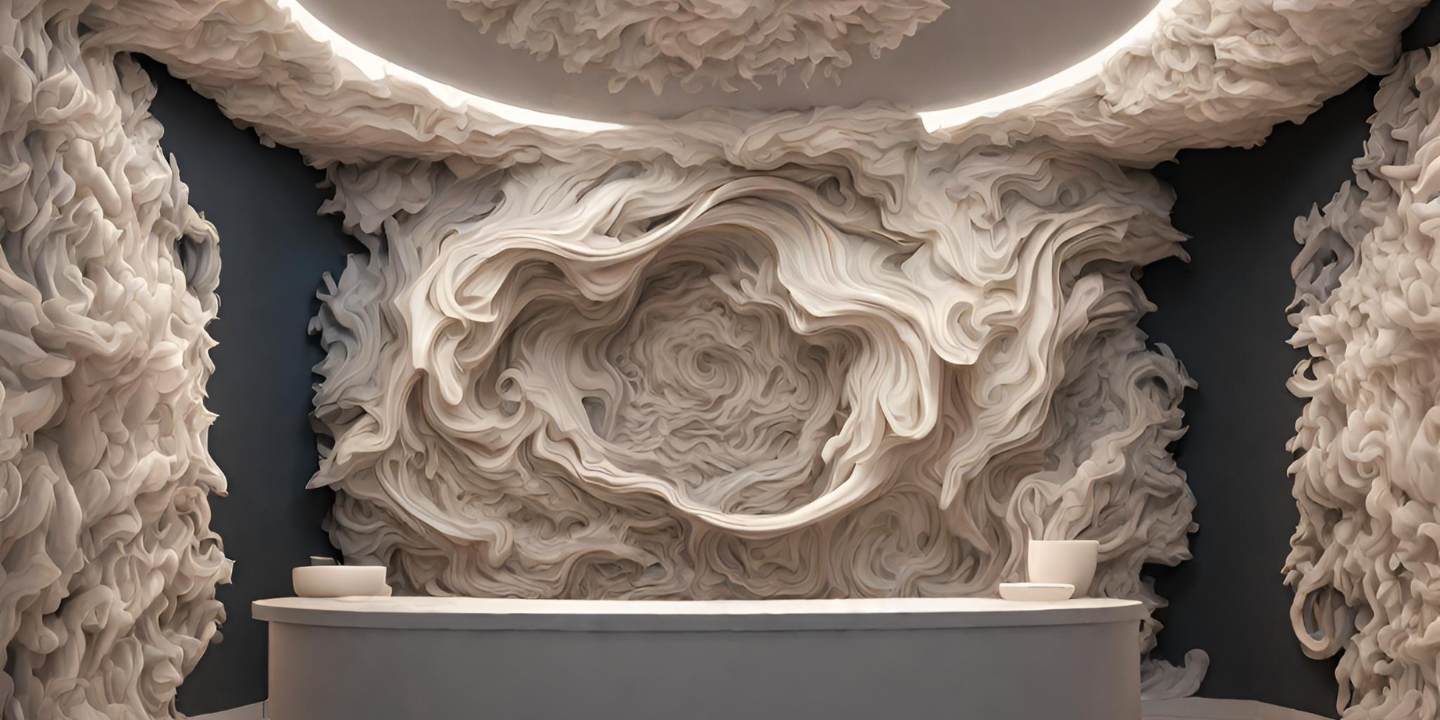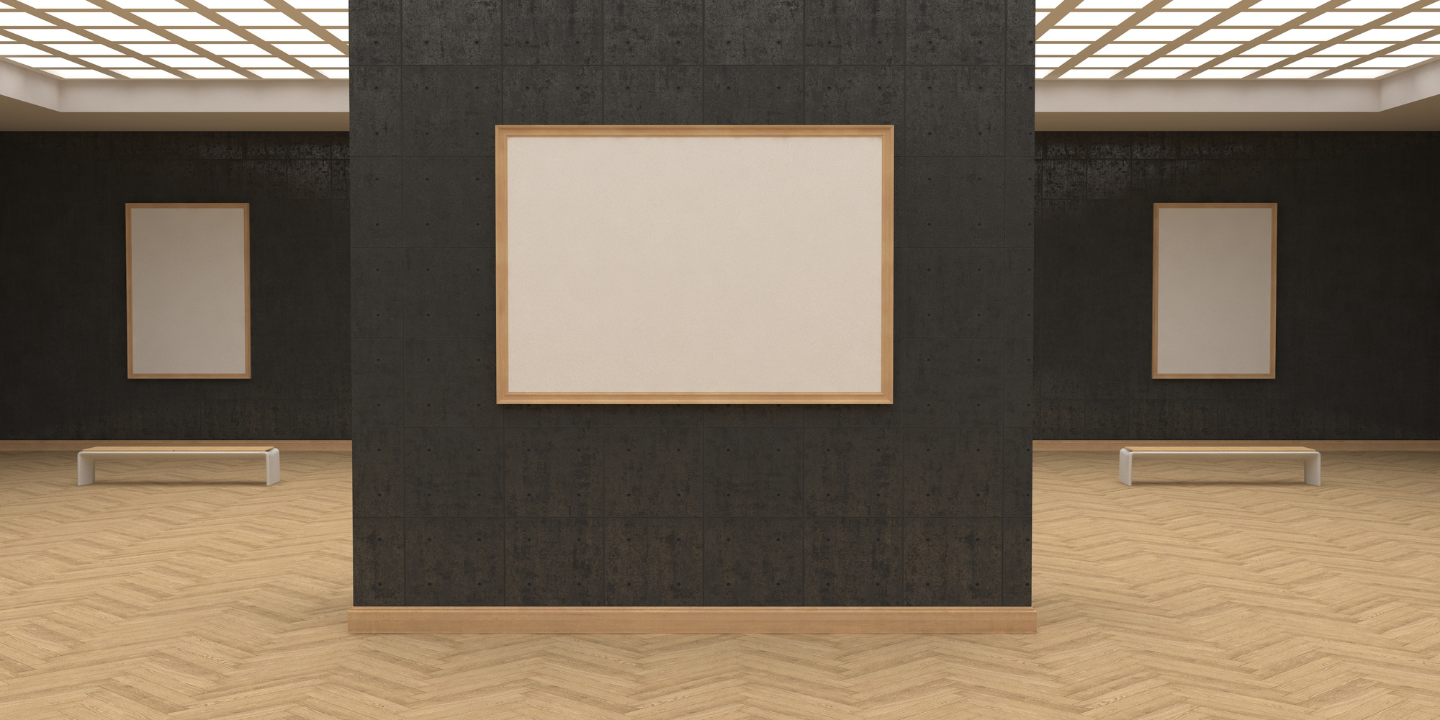Step into a mesmerizing realm where imagination takes form and breathes life into captivating works of art. 3D art is a fusion of creativity and technology that transcends traditional boundaries, immersing viewers in a stunning visual experience. With an array of techniques and mediums, 3D art brings depth, realism, and innovation to artistic expression.
Evolution of 3D Art
Dive headfirst into the fascinating evolution of three-dimensional masterpieces, where the early days of computer graphics laid the groundwork for what would become a revolution in the film and entertainment industry. Just like a caterpillar transforming into a butterfly, 3D art has undergone a metamorphosis that’s changed the face of visual media, blending the borders of reality and fantasy to enchant audiences around the globe.
Roots in Early Computer Graphics
The origins of three-dimensional artistry are deeply rooted in the early days of computer graphics. In the late 1960s and early 1970s, pioneers in computing started testing the waters with simple shapes and wireframe models on screens that hardly resemble the high-definition displays we have today. These efforts were the building blocks of the complex and breathtaking 3D art that we encounter now. From these primitive beginnings, a new form of visual storytelling began to emerge, one that would grow to be an integral part of not only art but numerous aspects of our daily lives.
As technology progressed, so did the capabilities to create more intricate and lifelike images. With the advent of more powerful computers and sophisticated software, artists were no longer limited to flat canvases or the constraints of physical materials. They could now sculpt, paint, and animate within a digital world, exploring the depths of their creativity in ways that were previously unimaginable. This transition marked a transformative period in visual arts, setting the stage for future innovations that would continue to revolutionize the field.
Revolution in Film and Entertainment
Before 3D art took the stage, movies and shows were all about two-dimensional images. But when this technology burst onto the scene, it was like opening a door to a new world. In the world of film and entertainment, 3D art has been a game-changer. It has completely transformed how stories are told and how characters and worlds come to life.
Directors and animators can now create dazzling special effects that were once impossible. Movies like “Jurassic Park” and “Avatar” showed audiences creatures and landscapes that looked as real as their own backyard. This wasn’t just new—it was revolutionary. Viewers could now experience worlds in a way that felt fully three-dimensional, making every scene more engaging and real.
With 3D art, the entertainment industry isn’t just showing us a story; they’re placing us right in the middle of it. And honestly, who doesn’t love feeling like they’re part of an epic adventure or a heart-pounding action scene? This art form allows for that immersive experience that keeps us glued to our seats, eyes wide, popcorn forgotten. It’s clear that in the realm of movies and TV, 3D art is a star that keeps rising.
Diverse Forms of 3D Art
Welcome to the vibrant landscape of three-dimensional creations, where artists shape and color their visions into existence. This domain is not bound by the flat surfaces of canvases—instead, it springs forth in a variety of expressions, from the intricate sculptures crafted in digital clay to the lush and layered digital paintings that seem to leap off the screen. Exploring immersive worlds that exist only through the magic of virtual space is yet another way this art form captivates us. Each blend of pixels and imagination challenges our perception and broadens our understanding of what art can be.

Sculpting and Modeling
Dive into the captivating realm of shaping and texturing that breathes life into simple shapes. Sculpting and modeling form the backbone of the three-dimensional art world, transforming ideas into tangible figures and landscapes. Think of it as the digital equivalent to classical sculpting—instead of chisels and marble, artists wield software tools to mold virtual clay into whatever their hearts desire.
These digital artisans craft everything from intricate characters for the next blockbuster game to hyper-realistic creatures for the silver screen. Utilizing advanced software suites, they manipulate vertices, edges, and faces in a 3D space to create detailed models. Sculpting is all about the addition and subtraction of material, much like you would when handling actual clay, while modeling often involves building up a structure piece by piece. Both require a steady hand and a keen eye for detail, ensuring every curve and angle is just right.
Digital Painting and Illustration
Stepping into the digital realm, artists have found a new frontier with painting and illustration that pops right off the screen. Digital painting mimics the use of traditional paints like oils and acrylics, but it’s done on a computer or tablet using graphics software. It’s pretty cool, as artists can mix, blend, and layer colors without waiting for them to dry. Plus, if they mess up, no stress, they just hit undo!
On the flip side, digital illustration takes this a step further by adding in various design elements and often incorporates mixed media, like text or 3D objects. Artists can create hyper-realistic images or whimsical scenes that seem straight from a dream. With a tablet and stylus in hand, they craft intricate designs that can be as detailed and textured as any hand-drawn sketch. The bonus? The artwork can be tweaked and resized without ever losing quality – a significant plus in our digital age.
Immersive Virtual Environments
Step into another world without ever leaving your chair. Immersive virtual environments beckon you to enter a space created entirely from ones and zeroes, yet it feels as real as the ground beneath your feet. By wrapping you in a 360-degree digital world, these environments are not just a feast for the eyes but also a playground for the mind.
Imagine walking through a forest, each leaf rustling with stunning clarity, or roaming the halls of a castle that has only ever existed in the echoes of history. Through immersive virtual environments, you’re not just observing; you’re living the experience. Artists and tech wizards join forces to craft these rich, multi-sensory worlds, offering a new way to interact with art that is revolutionary.
Applications Across Industries
Exploring the practical magic of three-dimensional art, it’s clear how it has burst beyond the gallery walls to make a mark in various industries. Whether it’s bringing fantastical worlds to life in video games or helping doctors visualize complex anatomy, this form of art is making things possible that were once merely dreamed about. It has become an invaluable tool for professionals in gaming, architecture, and even medical fields, proving that the only limit to its application is our own imagination.
Gaming and Animation
Step into the realm of gaming, and you’ll be greeted by enchanting worlds and characters that feel like they could jump right off the screen. This magic is made possible largely thanks to the dazzling potential of three-dimensional creations. Here, artists and developers collaborate to mold interactive experiences that are as delightful to play as they are to look at.
In the animation sphere, these crafted figures and storylines come to life through motion, weaving tales that captivate our hearts and spark our imaginations. This partnership of art and technology isn’t just about entertaining; it’s a form of storytelling that can evoke a full spectrum of emotions, all while showcasing jaw-dropping visuals that draw us into their vibrant universes.
Architecture and Design
Dive into the architectural world, and you’ll find a dimension where function meets form in the most innovative ways. 3D art is revolutionizing this industry, empowering architects and designers to visualize buildings and spaces long before the first brick is laid. With tools to sculpt and mold every corner, texture, and light source, these professionals can now create lifelike models that look and feel like the real thing.
Not limited to mere visualizations, 3D art is also pivotal in design choices. It allows exploration of different materials, environmental impacts, and even how sunlight will interact with a structure at different times of the day. As they say, seeing is believing, and with current technological marvels, stakeholders can take virtual tours of their projects, making decisions with clarity and confidence. The sheer capability to experiment and iterate in virtual space is a game-changer, making this tech not just a tool but a fundamental pillar in the world of architecture and design.
Medical and Scientific Visualization
Diving deep into the world of science and healthcare, the impact of three-dimensional visuals is undeniable. Medical and Scientific Visualization serves as a vital tool for professionals and students alike. It’s like having a high-powered microscope that doesn’t just magnify – it brings complex biological processes and structures to life right before your eyes!
This advanced form of artistry is powerful. Imagine walking through a digital model of the human heart, observing its intricate workings in real time. That’s exactly what these visualizations offer. They’re not just educational; they revolutionize how we understand and interact with the minutiae of the human body and the vastness of our universe.
Innovative Techniques and Technologies
The ever-evolving digital landscape continuously introduces groundbreaking methods and tools, breathing new life into the creative scene. Pioneering tech, like 3D printing and augmented reality (AR), alongside virtual reality (VR) and sophisticated motion capture systems, are reshaping how artists craft and share their visions. These innovations not only expand the horizons of what can be visualized but also how we interact with art, breaking down the walls between fantasy and reality.
3D Printing and Prototyping
Stepping into the future, imagine having the power to create actual objects from mere digital designs. That’s the magic behind 3D printing, also known as additive manufacturing. This innovative process transforms digital 3D models into solid, three-dimensional items, layer by incredible layer. From intricate jewelry to full-scale architectural models, the applications are as limitless as the imagination.
Artists and designers revel in the freedom that prototyping offers. It’s a game-changer, especially when refining a masterpiece or bringing an unprecedented design to life. By rapidly creating prototypes, they can test, tweak, and perfect their visions in tangible form much quicker than ever before. This leap in creative flexibility not only saves precious time but also paves the way for more daring and intricate artistic endeavors.
Augmented Reality and Virtual Reality
Can you imagine art that leaps off the screen and into real life? This is the magic of augmented reality (AR) which overlays digital content onto the physical world using devices like smartphones or AR glasses. Think of it like seeing a painting that moves and changes as you look at it from different angles.
Virtual reality (VR), on the other hand, is like stepping into a whole new world. By slipping on a VR headset, you can dive into full 3D environments. From exploring fantastical landscapes to walking through a sculpture, VR can make you feel like you’re actually inside the artwork.
Both AR and VR are changing the game for creatives and art lovers alike. Now, stepping into the mind of an artist doesn’t just mean looking at their work—it means experiencing it in a completely immersive way. Art isn’t just something to see; it’s something to live.
Motion Capture and Animation
Dive into the spellbinding process where real-world movements are transformed into digital masterpieces. Motion capture is the secret ingredient that infuses animated characters with uncanny realism. Actors donned in special suits record every twist and turn; these movements are then mapped onto animated figures. The result? Characters that move just like we do, convincing us they could leap off the screen.
This technology isn’t relegated to movies alone. It is a game-changer in video games, providing players with an engrossing experience as they navigate virtual realms. From climbing mountains to the subtle tilt of a head, the actions are seamless. Animation has indeed leveled up, lending a hand to artists and designers in creating fluid, lifelike animations that captivate audiences worldwide.
Unleashing Creativity in 3D Art
Welcome to a space where the only limit is your imagination! In the realm of three-dimensional creations, artists are tearing down the walls of conventional art, gifting us with a universe where every twist, turn, and texture awakens a new story. Here, the tools of technology meet the pulse of artistry, birthing a spectrum of styles that are as unique as the creators themselves.
Expressive Possibilities
Imagine being able to sculpt your thoughts into shape, to give your dreams a digital form. That’s the magic of 3D art, where artists have the unique ability to turn their inner visions into tangible experiences for others to explore. This type of art explores a vast spectrum of emotions and ideas, conveying complex narratives without a single word.
Artists wield their creative tools to construct scenes that evoke joy, sorrow, excitement, or tranquility. Each creation serves not just as a visual feast but as a conduit of expression, pushing the limits of what can be communicated through traditional art forms. With a palette of virtually unlimited digital textures and materials, the only true boundary is the imagination of the creator.
Diverse Artistic Styles
The world of three-dimensional artistry is as varied as the artists themselves. Picture a spectrum—on one end, you have hyper-realistic sculptures that you could swear would start moving any second. And on the other, abstract creations that stretch the imagination and challenge the viewer’s perceptions.
Each artist brings their own unique flair—some may infuse elements of fantasy, crafting mythical creatures with intricate details, while others might focus on futuristic designs, creating sleek and sophisticated pieces that look like they belong in another century. The beauty lies in the freedom to explore uncharted territories of creativity, offering audiences a visual feast that defies the flatness of conventional canvases.
Conclusion
Dive into the boundless realm of 3D art and experience the unparalleled fusion of digital ingenuity and artistic vision. From immersive virtual environments to awe-inspiring creations, 3D art continues to push the boundaries of creativity and transform the way we perceive visual expression. Embrace the endless possibilities of 3D art and embark on a journey where imagination knows no limits.
Check more articles @
3D Art Amazing 10 Significant Predictions
also check reddit discussion about 3D Art




